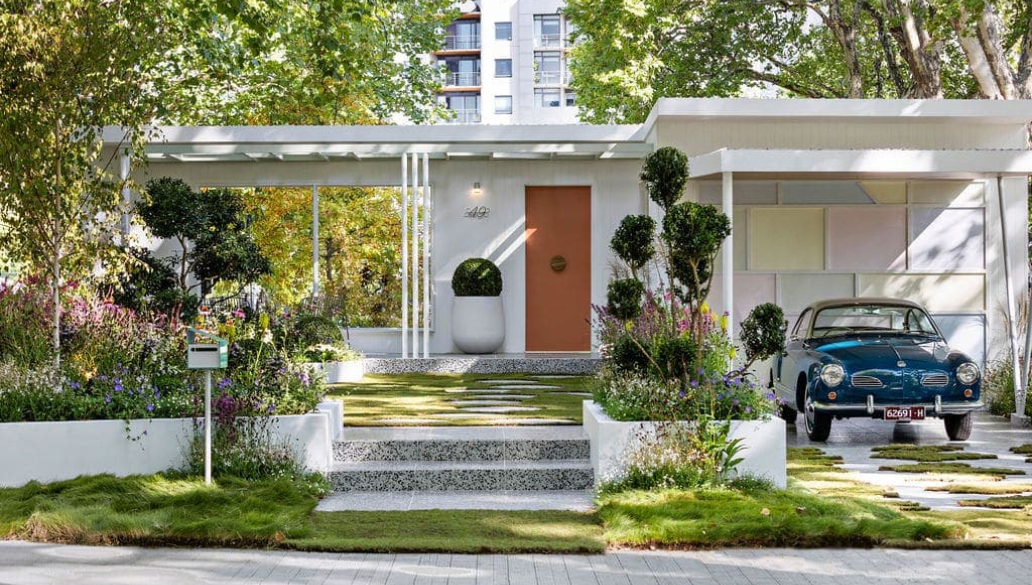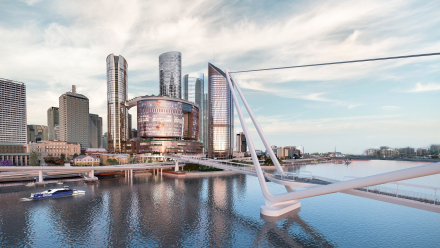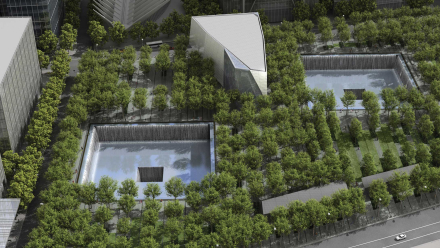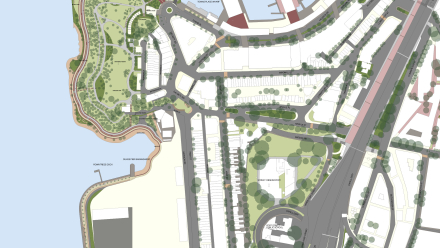Facts
Location
Melbourne, Australia
Nemetschek Group Brands
Vectorworks
Technology used
Vectorworks Landmark
For Melbourne-based landscape designer Paul Pritchard, gardens are more than just beautiful spaces — they’re vessels for memory, emotion, and connection. After nearly three decades in the industry, Pritchard stepped into the spotlight at the Melbourne International Flower and Garden Show with a project that was deeply personal and resonant. To him, the garden was a tribute to family, a conversation starter about dementia, and a statement about the role landscape can play in storytelling.
The result? A gold medal, a construction award, and something even more meaningful: visitors connecting, reminiscing, and sharing their own stories about the impacts of dementia and Alzheimer’s Disease, the latter of which is the most common cause of dementia, responsible for 60% of cases at minimum.
A Shift from Studio to Soil
Pritchard’s journey into landscape design wasn’t linear. He began his career as a graphic designer, working indoors, focused on layout and form. But the pull of the outdoors, and a family legacy of gardening and hands-on home improvement, gradually became impossible to ignore. “It just didn’t feel right sitting at a desk all day,” he said. “I wanted to be outside, creating real spaces.”
That impulse led him to study horticulture at university, and from there, he joined a respected Melbourne landscape firm. He quickly moved into the construction side of the business, learning how to bring designs to life in the real world. Eventually, he founded Paul Pritchard Landscapes — now operating for nearly 30 years, his firm focuses on creating bespoke residential gardens with extraordinary aesthetic appeal.
Designing with a Purpose
For the 2025 Melbourne International Flower and Garden Show, Pritchard wasn’t interested in designing just another showpiece. His concept was rooted in personal experience: both his father and father-in-law had lived with Alzheimer’s disease, and the garden was a way to honor them and to give back to Dementia Australia, which had supported his family during those difficult times.
“Gardens are powerful spaces for memory,” he explained. “They can trigger feelings, smells, and stories that people haven’t thought about in years.” His design set out to do exactly that.
A Nostalgic Australian Backyard
Rather than chasing trends, Paul looked back to the mid-20th century, to the post-war Australian suburbs of the 1960s and ’70s, when families built their own gardens with pride and resourcefulness. It was a time of brick barbecues, informal flower beds, and weekend projects, he shared. “I wanted to capture that DIY spirit,” he said. “The idea that gardens were made with your hands, not just hired out.”
The plant palette reflected this sensibility, but with a modern twist. Paul selected bright, tactile, nostalgic perennials — geraniums, salvias, Agastache, penstemons — that echoed the popular choices of that era but with improved cultivars and richer color ranges. Importantly, he chose to avoid native Australian plants. “It wasn’t a rejection of natives,” he clarified, “but a way to stay true to the gardens of that period and reinterpret them through a contemporary lens.”
Designing a show garden comes with its own set of challenges. Because the site at Carlton Gardens is heritage-listed, no digging was allowed. Everything from plants, paths, and structures had to be built above ground. Pritchard used potted plants and temporary framing to simulate a permanent landscape, relying on design illusion and clever construction techniques to bring the space to life.
It was a labor of love and a significant time investment. Paul estimates he spent around 300 hours on the project over 11 months, from concept to installation. But for him, the real reward came when visitors started arriving.
“People would stop and just… pause,” he said. “You could see the memories flooding in. They’d say, ‘My mum had those flowers,’ or, ‘This reminds me of my childhood backyard.’ Some even opened up about their own experiences with dementia. That’s when I knew it had worked.”
The public response was overwhelmingly positive. The garden didn’t just win awards — it sparked conversations. And that was always the goal.
Tech as a Bridge Between Vision and Reality
Behind the scenes, Pritchard’s process is rooted in digital design. Since 2010, he’s relied on Vectorworks Landmark, the design and BIM platform, to help bring his ideas into sharper focus. He uses the software to model levels, contours, and planting layouts — tools that bridge his creative side and his background in construction.
“I’m very visual,” he said. “Being able to see how a space will work in three dimensions is essential. Vectorworks helps me make fast, accurate decisions.” While he outsources the more advanced 3D and photorealistic rendering work to keep projects moving, he’s eager to grow his own skills in that area. “I’d love to get deeper into BIM and high-end modeling,” he said. “It’s where the industry is heading.”





